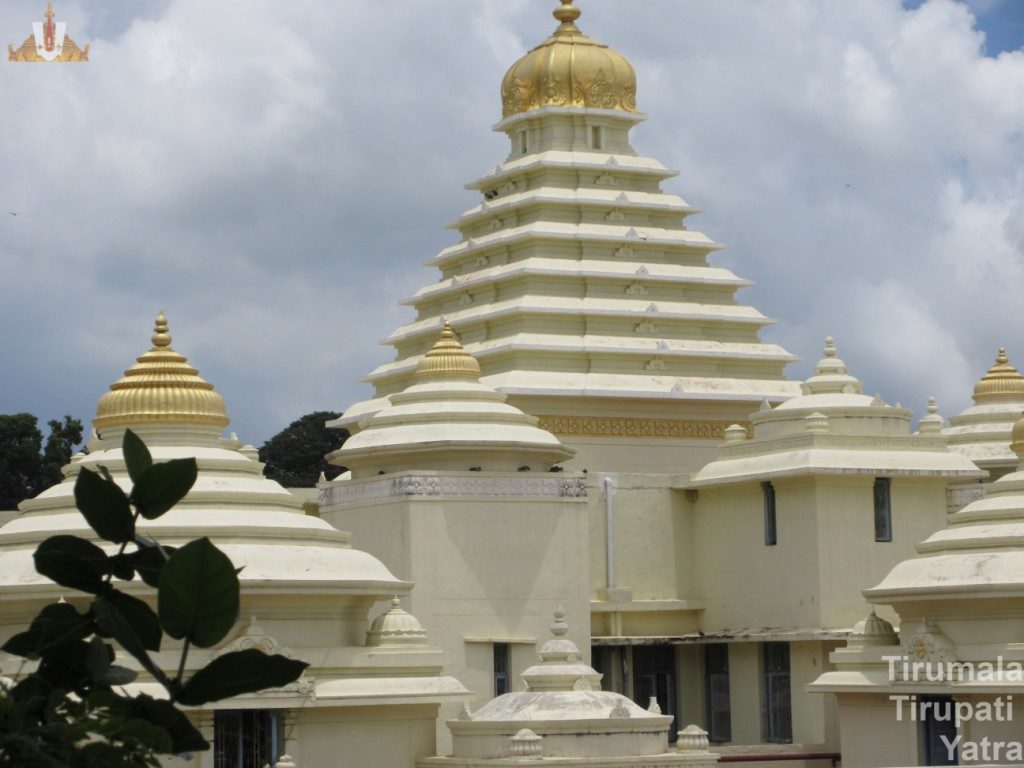Sri Venkateswara Museum – Tirumala TTD Museum / Sri Venkateswara Museum was inaugurated on December 26th, 1980 in Thousand Pillars Mandapam by Dr Neelam Sanjeev Reddy, the president of India. Later it was shifted to a newly constructed building with architectural elements beside Narayanagiri Gardens on 27th September 1999 and was opened by Chief Minister Read More
Ads Blocker Detected!!!
We have detected that you are using extensions to block ads. Please support us by disabling these ads blocker.

